Evaluating the available space is the first step in the closet design process. Consider the dimensions of the area where the closet will be located. This assessment allows you to determine the type of closet system that will work best. Whether you have a small reach-in closet or a spacious walk-in design, tailoring the layout to the available space is essential for optimal functionality.
Selecting the right type of closet system is important. Various options are available, including built-in systems, modular units, and freestanding furniture. Built-in systems offer a seamless look and can be customized to fit your space perfectly. Modular units provide flexibility and can be adjusted as your needs change. Freestanding furniture, such as armoires or dressers, can be an excellent option for smaller spaces where built-in designs are not feasible.
Incorporating thoughtful storage solutions is vital for an organized closet. Shelving plays a key role in maximizing vertical space. Adjustable shelves allow for customization based on your storage needs. Consider adding drawers for smaller items such as accessories, socks, and undergarments. This separation keeps everything organized and easy to find. Hanging rods should be positioned at varying heights to accommodate different clothing types. Long garments like dresses require higher rods, while shorter items like shirts can be hung lower.
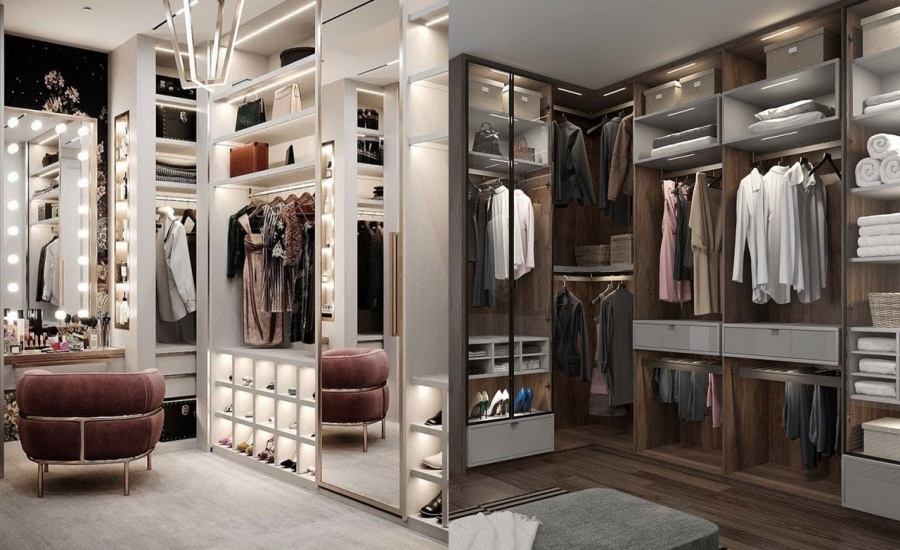
Lighting is an often-overlooked aspect of closet design that can significantly enhance functionality. Proper lighting ensures that you can see everything clearly, making it easier to choose outfits. Consider installing LED lights or motion-sensor lighting to illuminate the space effectively. If your closet has no natural light, ensuring that the artificial lighting is bright and evenly distributed will improve visibility.
Choosing the right materials and finishes can elevate the overall aesthetic of your closet. Opt for durable materials that can withstand daily use while complementing the rest of your home. Wood finishes can add warmth and elegance, while metal accents can provide a modern touch. Color choices should align with your personal style and the overall decor of your home. Light colors can create an illusion of a larger space, while darker shades can add depth and sophistication.
Incorporating personal touches can make your closet feel uniquely yours. Consider adding decorative elements such as wallpaper or artwork to personalize the space. Including a full-length mirror can enhance functionality while also serving as a design element. A stylish ottoman or bench can provide a place to sit while getting dressed and can also serve as additional storage.
Regular maintenance is essential for keeping your closet organized and functional. Periodically reassess the items in your closet to ensure that everything is still relevant to your lifestyle. This practice helps prevent clutter from accumulating and allows you to enjoy a well-designed space that meets your needs. By focusing on these key elements of closet design, you can create a functional and visually appealing space that enhances your daily life.

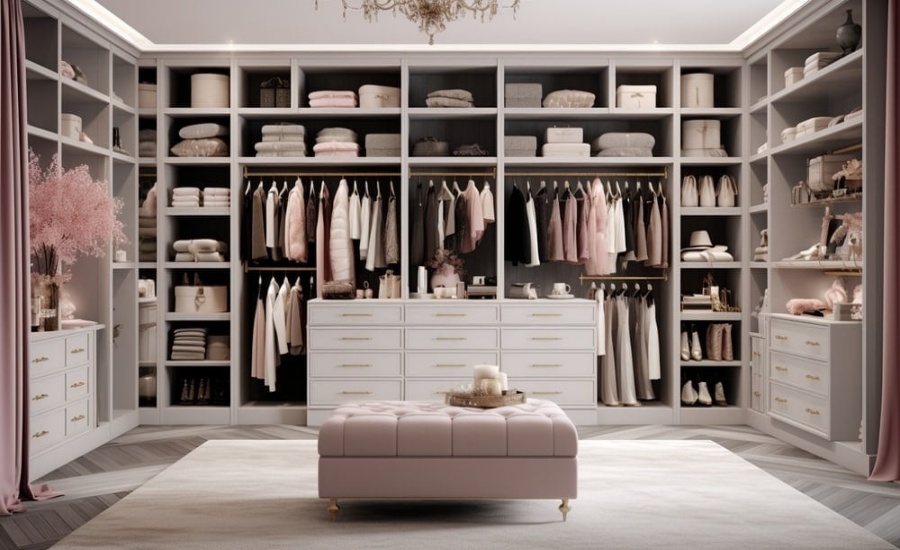

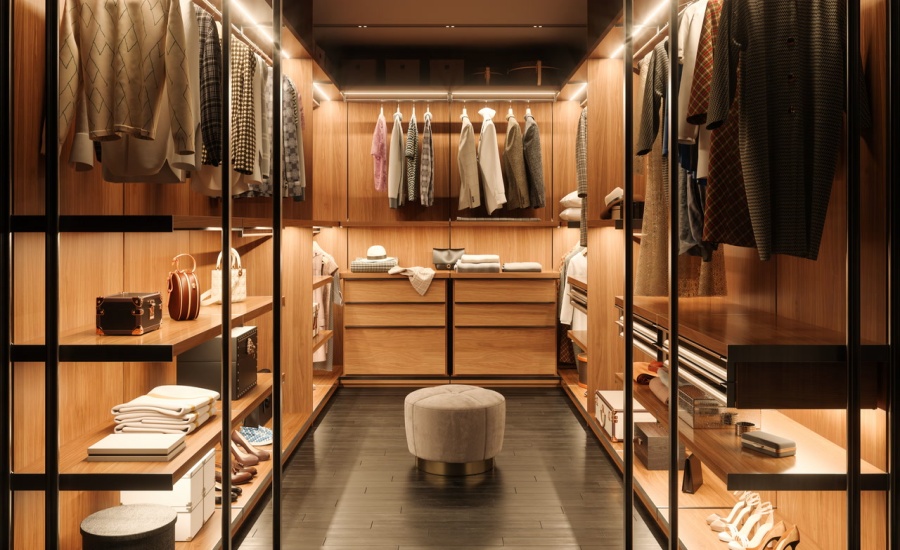
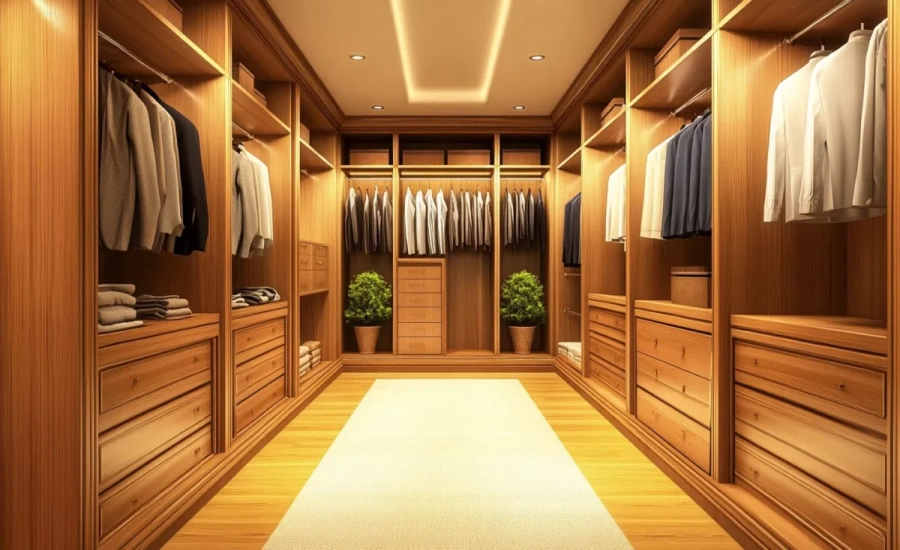
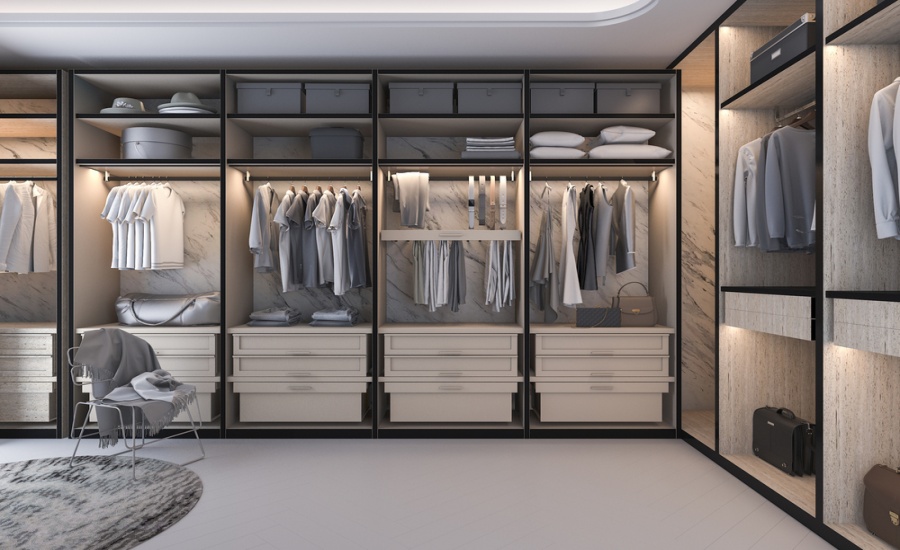


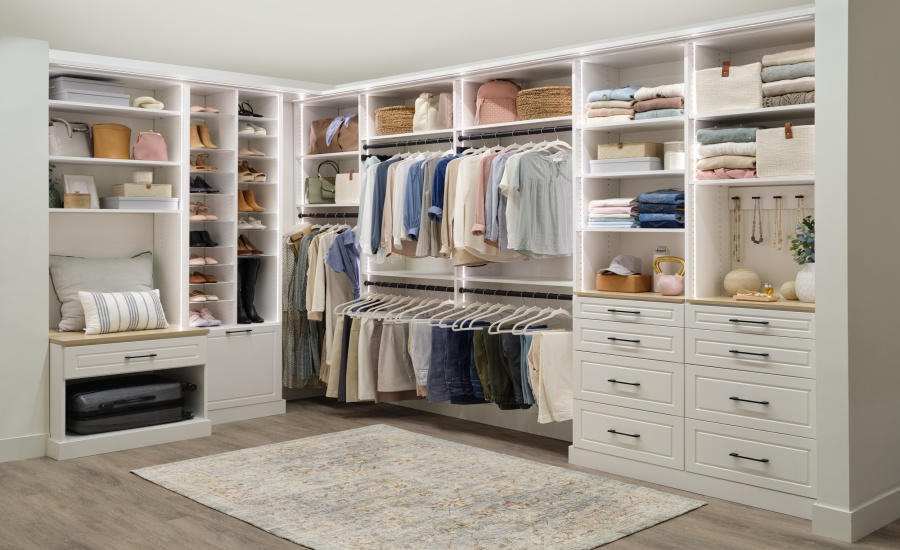
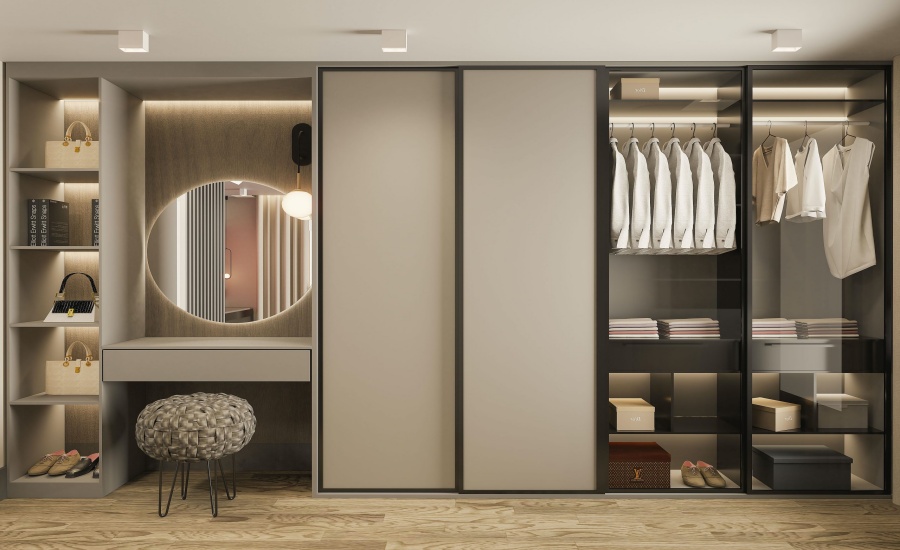
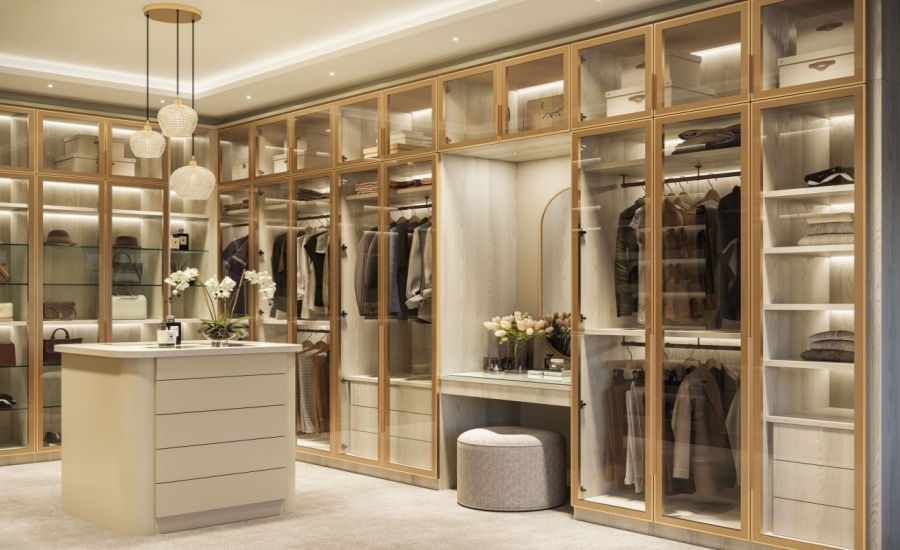
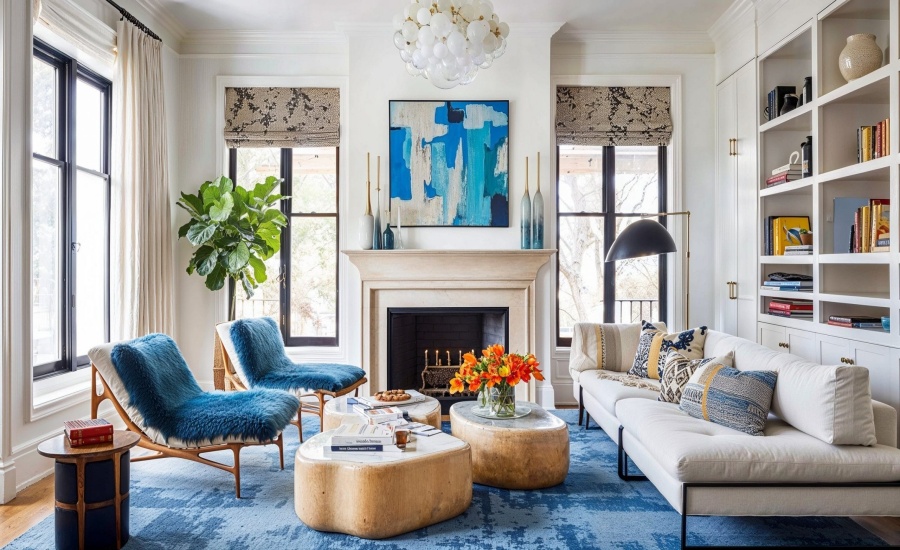
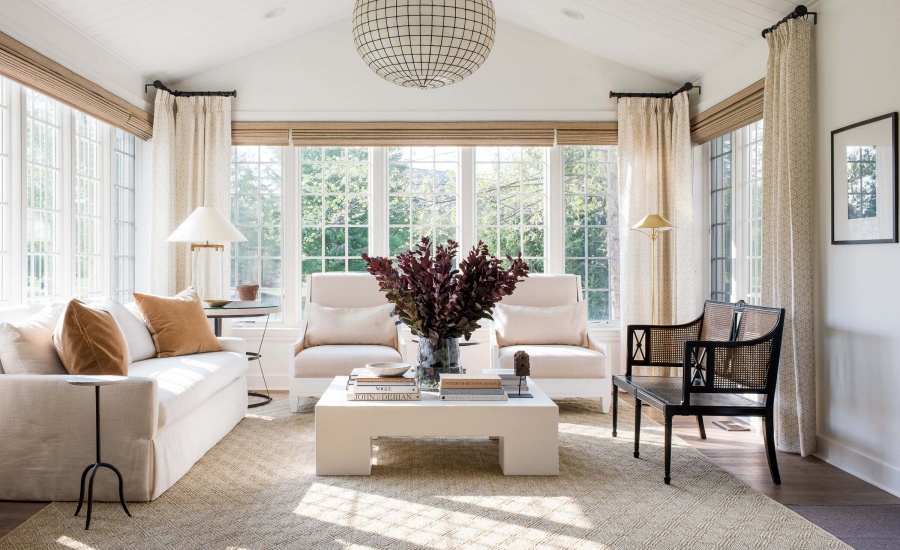
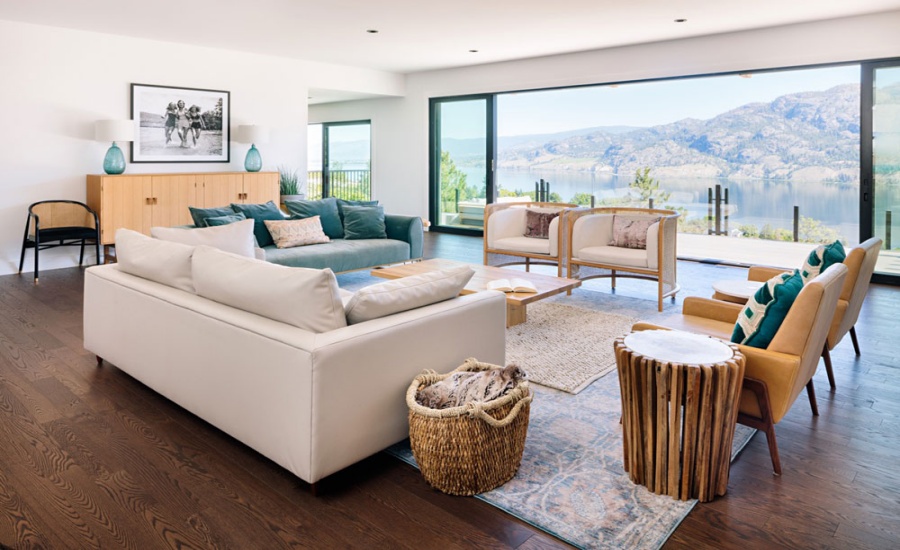
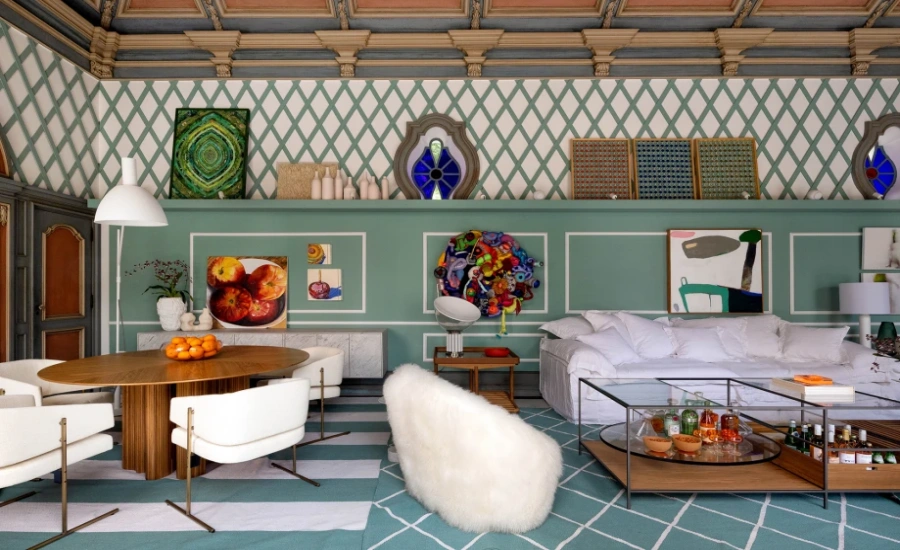
Leave a Reply